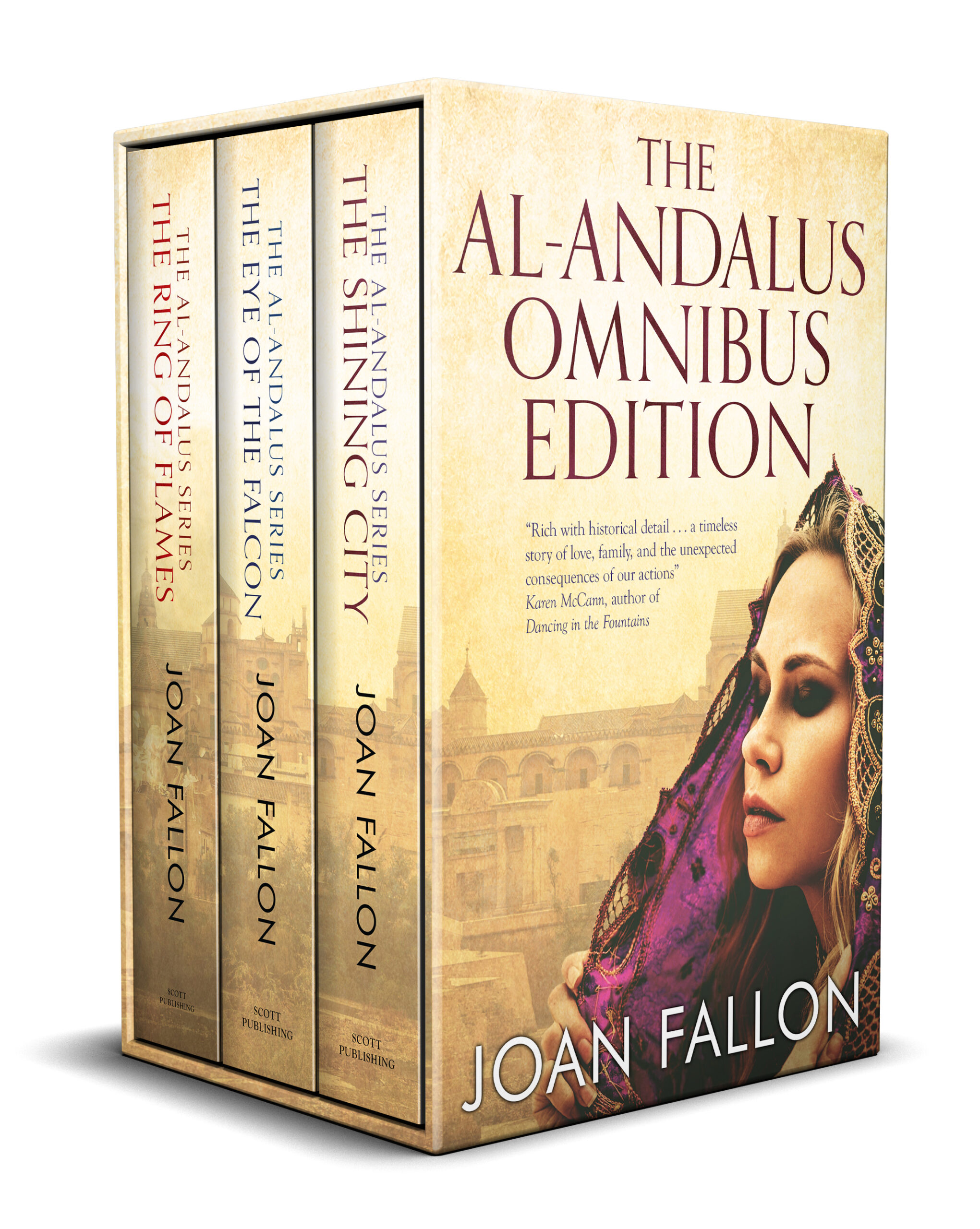I often get people asking me what inspires me to write a particular book; where do I get the ideas from? Unlike a lot of writers I do not have a planned strategy for what to write next – unless it is a series of books. Usually I see something or someone, overhear a conversation, or maybe read something in a magazine that will capture my imagination and before I know it I am writing a book about it. First it is a revelation and then comes the creation. This happened once when I was in a dentist’s waiting room and picked up a copy of the Economist, not a magazine I often read. There was an article in it about a social worker called Margaret Humphries who had formed The Child Migrant Trust after discovering that hundreds of child migrants, now adults, had no idea whether their parents were still alive or dead. She only discovered about them by chance when she met a woman from Australia who was a former child migrant from London. Here she was, forty years later in the United Kingdom, looking for her parents. I was then amazed to read about thousands of UK children, like her, who had been routinely sent to the British colonies as child migrants before the war, during it and after the war up until the 1970s. I knew there was a story to be written. So I wrote the novel The Only Blue Door.
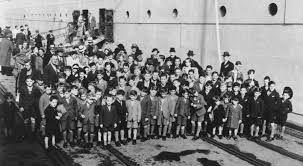
During the hot Spanish summers, my husband and I loved to visit the cooler region of Galicia in northern Spain, where we often witnessed the exhausted pilgrims making their way along the Camino de Santiago to the cathedral in Santiago de Compostela. We encountered many different people from all walks of life and despite not having walked the five-hundred miles across the north of Spain myself, I felt inspired to write a novel which I entitled Santiago Tales, a modern version of the Canterbury Tales.
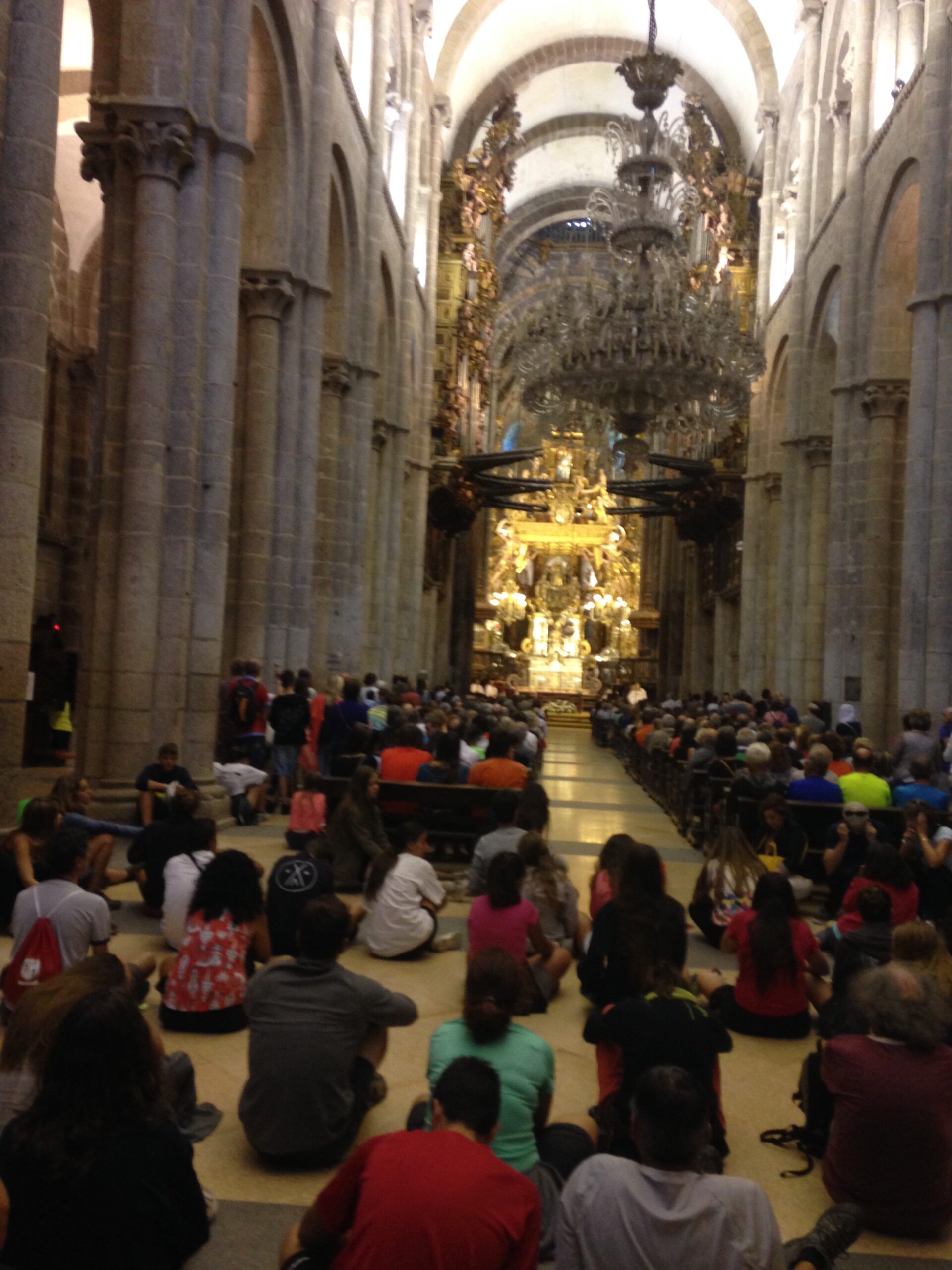
One inspiration I had which led to the production of six historical novels was when I picked up a leaflet about an exhibition of Islamic Art at the site of the ruins of Madinat al Zahra in Córdoba. This was in 2001. I had only been living permanently in Spain for three years and although fascinated by the Moorish architecture around me, I knew virtually nothing about Spain’s Moorish past. My research into the period led me to write the al-Andalus trilogy which was set in Madinat al-Zahra, covered its demise and the eventual fall of the Omayad dynasty and the city of Córdoba. By the time I had written three historical novels about the period I felt that I had to continue to explore what happened next when the Moorish court moved away from the devastation of Córdoba to Málaga. And I then wrote another three historical novels set in the 11th century, which I called The City of Dreams trilogy. The city of dreams of course, being Málaga.
Sometimes inspiration comes from something in your head, an idea, a dream, a prejudice or a belief. The first book I ever published came from all of those. I first arrived in Spain in the year 1988 expecting Spain to still be as I had glimpsed it under the dictatorship in the seventies. Lots of elderly women in black, armed police on the streets and not a bikini in sight. I didn’t expect to see women working in the bank and certainly not having their own bank accounts, yet two of the first Spanish women I got to know were running their own businesses. One was divorced and they both were living their lives as freely and openly as the women I knew in the UK. Franco was dead and the Spanish Constitution was barely ten years old. I knew I had to find out whether the lives of Spanish women had always been like this or if it was truly possible to make such changes in so short a time. This led me eventually to interview a group of women of varying ages about their lives, and to put their stories into a book entitled Daughters of Spain.
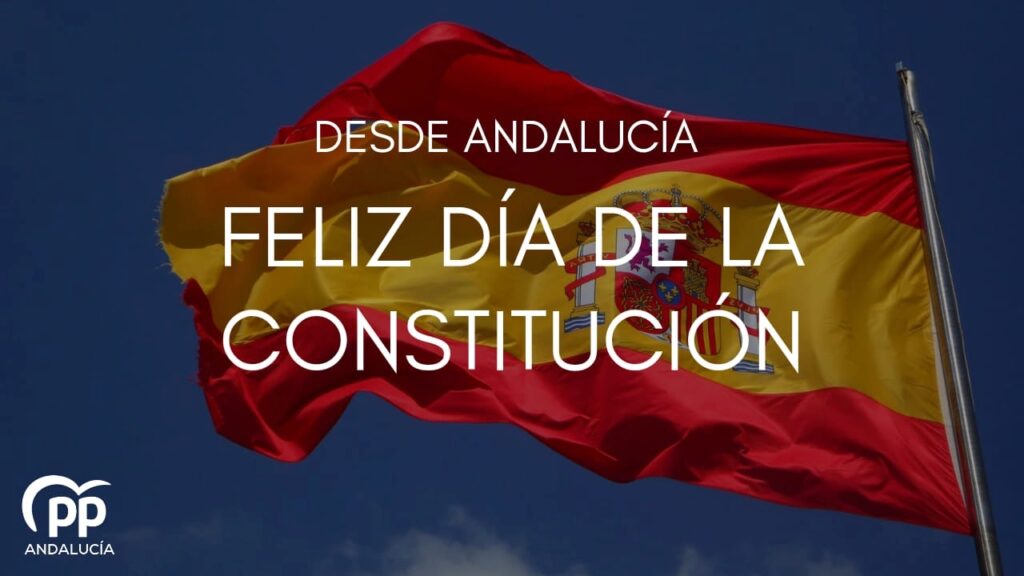
Sometimes one thing can lead to another. It was a conversation with one of those interviewees where I learned about what the Spanish refer to as La Desbandá, the exodus along the coast of Málaga of thousands of desperate refugees fleeing from the Nationalist troops and trying to reach the safety of Almería. This so inspired me to write the historical novel Spanish Lavender that I put my non-fiction account of the women to one side until my novel was finished.
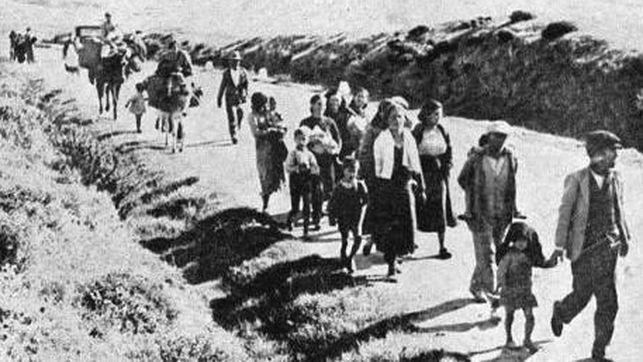
Even a casual conversation can lead to an idea, which in turn leads to some research and hey presto another book is born. A friend was giving me a lift just recently and as we were chatting we realised that we had both grown up in the same Suffolk town, although many years apart. As I haven’t been back to Felixstowe since I left in the 1950s my friend was happy to update me on this quiet seaside resort, which has changed in the subsequent years into the UK’s largest container port. When I mentioned casually, that my father had worked at Bawdsey, a small RAF station on the outskirts of the town, she said, ‘Really. Was he part of the team working on the development of radar?’ If he was I never knew about it; to me at that time, Bawdsey was a quiet place with a small beach on one side and the River Deben on the other. I had not realised that Bawdsey had become the world’s first operational radar station in 1937 and played a pivotal role in the Battle of Britain in 1940. Why would I? I had been a child at the time and not been particularly interested in what my father did for a living. But I am interested now and I can sense that there is a potential novel in there somewhere. So watch this space.


